A Guild certified chimney sweep will provide you with good safety information on many aspects concerning your fire and fuel. They will make many basic safety checks during their visit.
Guild sweeps inspect potential issues, such as:-
Chimney sweeping isn’t just about pushing a brush up a chimney! Your local Guild sweep will test other matters, including:-
Even if a woodburner or open fire is correctly installed, there can be problems with poor function, smoke to the room, lack of heat, black glass, etc.
This is where the knowledge and experience of a professional sweep can make all the difference. Even if your sweep can’t solve the problem, they have excellent technical resources and back-up from the Guild to help them to help you.

It’s probably just caused by hot weather. In the summer when you are not using your fire, the air from inside your house gently rises up and out the top of your chimney. When it... View Article
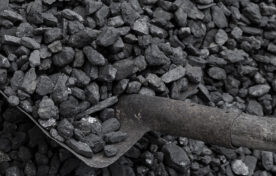
Centuries of history came to a close on May 1st 2023 as the sale of traditional housecoal was banned for domestic use in England, although there is no change in other parts of the UK.... View Article
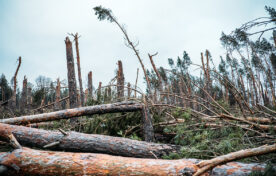
A ‘perfect storm’ could prompt a shortage of logs for woodburning stoves this winter. That’s the stark warning from leading industry experts who say the rush for independent fuel sources is likely to put suppliers... View Article
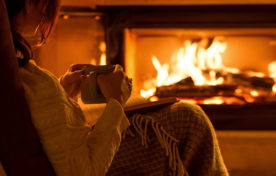
How The Media & Government Got it SO WRONG Over Woodburner Emissions Ministers over-estimated emissions from woodburners and open fires by a massive 100+%, it has emerged. They claimed solid fuel appliances accounted for 38%... View Article

The Guild of Master Chimney Sweeps has chalked up yet another industry first – the election of a female chimney sweep to the company board of directors. Emma Roddy is believed to be the first... View Article
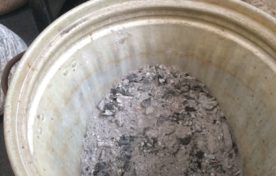
Clearing the ashes from your woodburner or open fire is just part of the routine. Many of us will use a metal bucket to put them in as it’s not uncommon for there to be... View Article
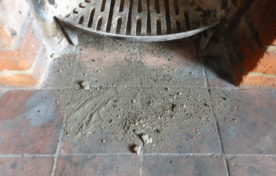
What To Do When Dust and Mortar Is Dropping Down Your Chimney Seeing debris falling into your open fireplace is relatively common, and there can be a few different reasons for it. Sweeps are often... View Article
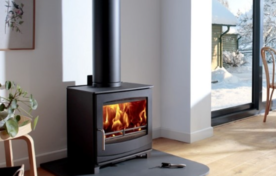
To preserve the guarantees on your woodburner and chimney, you may well need to have them swept / serviced. BUT, has the installation company said you must use them for service and maintenance to preserve... View Article
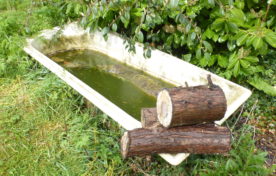
There are new rules in England for the sale of wood fuel. There may be similar changes in the devolved parts of the UK in the future. There’s always confusion when rules change, so we... View Article
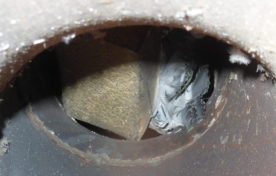
‘HELLO, I think I have a pigeon stuck in my chimney’. This was the call last week to a sweep in Cambridgeshire. Further questioning revealed that the chimney was above a gas fire in the... View Article
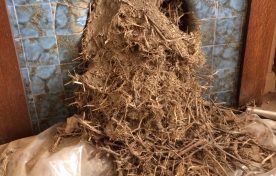
JACKDAW nesting season is here – and that could be a problem for your fire and chimney. There are around 1.4 million pairs of Jackdaws in the UK! Kevin Voice, of ‘The Soot Sergeant’, took... View Article
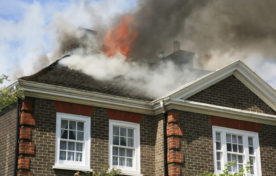
The combination of lockdown and cold weather means people are at home using their fires for many more hours per week. Unfortunately for some, this will result in a potentially dangerous chimney fire.
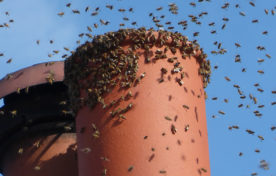
They usually hang in a cluster in a tree while scout bees search for a new nest site, and they occasionally choose a chimney. If it’s an unused chimney and they’re not entering the house... View Article

Properly maintained fires and chimneys are very safe but a Carbon Monoxide alarm is there to warn you if something goes wrong. Ask your local professional chimney sweep about CO alarms. A good alarm costs... View Article

We all need people to visit our homes to carry out essential repair and maintenance work. It’s no surprise that many people have been putting things off lately but delaying or failing to arrange service... View Article
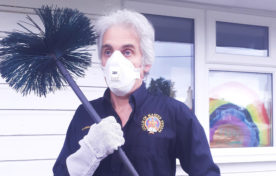
“JUST OUTSTANDING”. That’s how Guild of Master Chimney Sweeps chairman Lawson Wight described the way professional sweeps are meeting the coronavirus challenges head on. He explained: “We work in people’s houses so when the restrictions... View Article
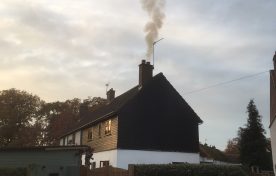
Here are a few of the ‘headlines’ from the recent official announcement, and some of the supporting information. Some regulation to come into effect in 2021, some later and there are some exemptions. Regulation on... View Article

Please support National Bird Guard Week. It is estimated that over a million birds die each year in the UK after becoming trapped inside chimneys. They accidentally fall in and never get out. Gavin Cater... View Article
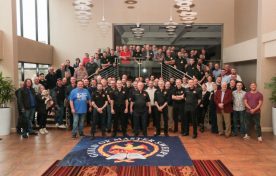
LUCKY or what? This weekend, Fri 28th & 29th February, over 500 chimney sweeps will gather at the Chesford Grange hotel just outside Kenilworth in Warwickshire. They will be visiting the Guild of Master Chimney... View Article
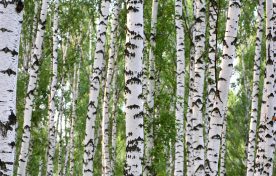
Getting your fire up to temperature quickly reduces unnecessary pollution and it's also rather satisfying.
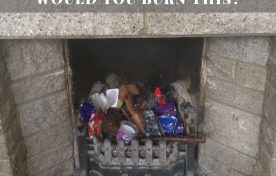
BURNING PLASTICS on open fires and stoves will release a cocktail of TOXIC POISONS. These poisons harm us, our families, in fact all living creatures. Some toxins last many years in the environment. They can... View Article
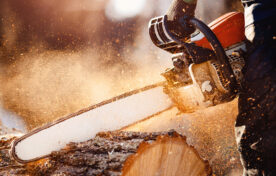
If you try to burn sawdust on your stove or open fire you’ll be disappointed. It will tend to smother a nice fire and produce lots and lots of smoke. That’s a pity if you... View Article
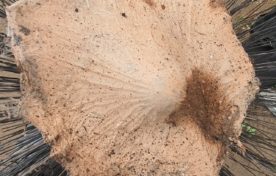
How can spiders be deadly in chimneys? These are not some exotic species that hitched a lift in a box of bananas. They are common spiders, found all over the country. The cobweb in the... View Article
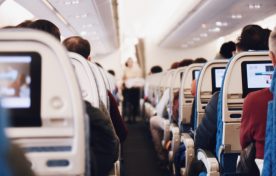
EMILIANO Sala’s death in a tragic plane crash has brought the issue of carbon monoxide in aeroplanes to the forefront of national news. The Argentinian football star was on his way to begin a new... View Article
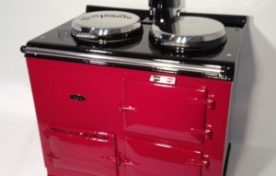
You MUST have your AGA or Rayburn cooker flue swept if they run on oil or gas or solid fuel. Regular servicing alone is NOT enough. BEFORE SWEEPING ... View Article
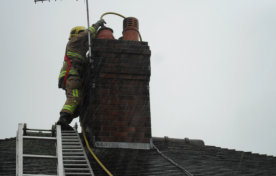
CHIMNEY fires are a hazard posing a risk to people and property. That is why the Guild of Master Chimney Sweeps supports national Chimney Fire Safety Week, 30th Aug to 6th Sept 2021. Lawson Wight,... View Article

DEATH can be the tragic outcome within just minutes when people encounter carbon monoxide (CO), a deadly poisonous gas. The Independent reported on the inquest of a couple who tragically died while attempting to reverse... View Article
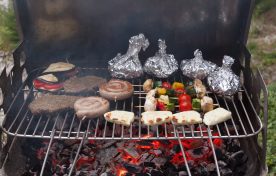
NOTHING beats a perfect barbecue at this time of year when the Sun is shining and everyone is having a good time in the garden. On that note, don’t forget to keep your chimney in... View Article
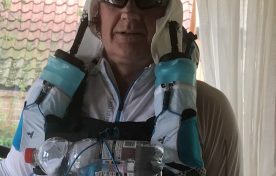
WHY would a chimney sweep put down his brush, get on an aeroplane bound for Morocco and then run across the Sahara desert? For Paul Blinstone the answer is simple: his daughter Eleanor is suffering.... View Article
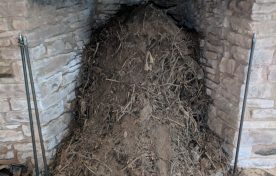
IF YOU have recently moved into a new home – you may want to study these photos closely. The pics were taken by respected Guild member Alec Osborn, who covers the Hereford area, after he... View Article
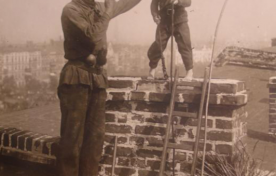
IT’S not a cheerful subject – terribly morbid in fact but nonetheless fascinating. People have been discovered dead after getting stuck in chimneys and it’s nothing new. And they got stuck for all sorts of... View Article
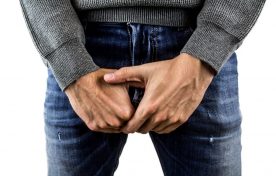
CANCER was once an occupational hazard for chimney sweeps. And as if that wasn't bad enough, cancer of the scrotum was a particular problem.

“What do you charge? Thanks, I’ll get back to you.” Perhaps that’s the sort thing you might say if you phone a tradesman to ask for some work in your home. We can have an... View Article
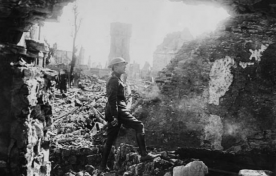
Bethune was destroyed in the Great War WHERE do we even begin to find out how many chimney sweeps died in the First World War? The Commonwealth War Graves Commission says it is difficult to... View Article
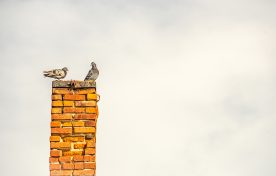
Last summer we reported on a “Dead Bird Scam” being run around West London and Home Counties. A distressed lady contacted us to say that a so called “chimney sweep “ had tried to con... View Article
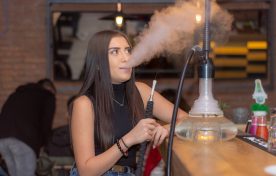
HUBBLY bubbly pipes, also known as Hookah or Shisha smoking pipes, have gained in popularity in recent years. Regular and occasional smokers have chanced upon Shisha pipes as offering something a bit different. They are... View Article

McCauley, aged 5, with mum Adele. He died alongside his grandparents (below) PERHAPS it sounds dramatic to say book a chimney sweep to protect your children’s lives from the risk of carbon monoxide poisoning. So,... View Article
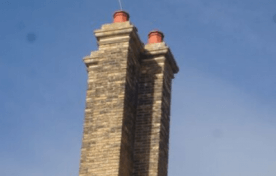
‘CHIMNEY SWEEP’ – it’s a job title that has existed for many, many years but the job description is too often misunderstood. We all know about the chimney sweeps of the 18th and 19th centuries,... View Article
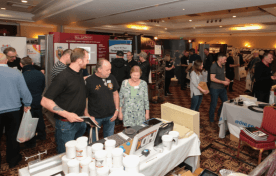
YOU probably aren’t aware of a big event happening in the chimney trade this week – the annual trade exhibition by the Guild of Master Chimney Sweeps. That’s good news for you as a consumer... View Article
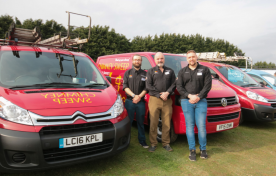
Guild chimney sweeps offer a friendly service but take their profession of protecting lives very seriously THE MODERN HISTORY of chimney sweeping, in the past 200 years or so, is full of merriment, mystery and tragedy... View Article
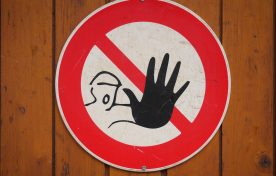
WOOD pellets seem harmless enough but if they are not stored correctly – they could kill you. If that sounds far-fetched, consider these real life stories (names not published), which actually happened and give a... View Article
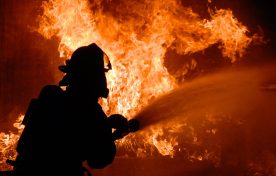
A SHARP increase in chimney fires last month (January) has caused concern that chimneys are not being swept regularly. Buckingham Fire & Rescue Service said that firefighters had been called to 10 chimney fires. The... View Article
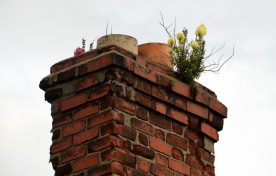
IT’S FAR too easy to forget that your chimney needs regular sweeping by a professional. After all, the inside of the chimney is hidden from sight and so the condition of the flue isn’t visible... View Article
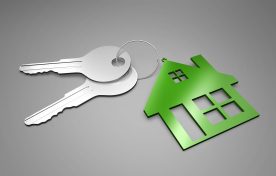
MONEY is the main concern for a mortgage company when a house buying survey is organised. The company want reassurance that there are no structural issues in the property, for which a buyer is seeking... View Article

CONSUMERS are often advised of the importance in installing a working carbon monoxide (CO) alarm – and rightly so. CO alarms give a level of reassurance to the householder that they will be alerted if... View Article

CONSUMERS can worry about how to prepare for a chimney sweep ringing the doorbell and setting to work clearing all the muck out of the chimney. Your Guild sweep can give precise instructions in advance... View Article

AFTER the festive season is over, you may be thinking of burning your Christmas tree in your woodburning stove or open fire. Please ONLY do this unless it’s just a few small dry pieces. It... View Article

YOU are likely to have all sorts of plans for 2019 – changes to the home, holidays, commitments to relatives, etc. It’s a strange time of year when we think positively but are also aware... View Article

Christmas is a time where myths come into play – it’s all part of the fun – and the chimney retains a central role in setting the stage for festive celebrations. For how could Santa... View Article
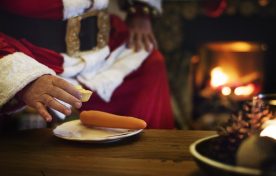
In case you hadn’t noticed(!) - Christmas is coming. It’s that traditional time of year when our heads spin with a massive list of Things-To-Do. And whatever we tick on that list, there’s always another thing to think of, and another, and so on.

Getting it right is easy once you know how – you can have a great fire, pollution will be minimised, you’ll save money and your chimney will be cleaner and safer. Step 1: Use plenty of... View Article
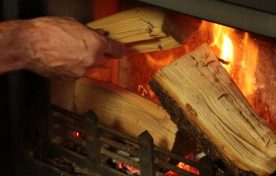
Getting it right is easy once you know how and it really is important. You can have a great fire and chimney with lovely dry fuel, but if it’s not burning hot enough, you will... View Article
You can burn ANY type of real wood, as long as it’s dry. You may have heard softwoods create “tar” problems in chimneys but it’s not true. All wood needs to be burned hot enough... View Article
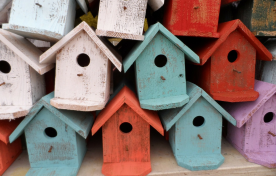
If you have a real fire, stove or woodburner you may have heard the fluttering and flapping occasionally. When birds land on the chimney, the sound can travel down the chimney void and into the... View Article

I’ve just moved house, should I get my chimney cleaned? Yes! 100% and please do not be tempted to “try it out” before it’s swept. A chimney fire isn’t the kind of housewarming you want.... View Article
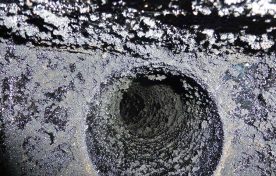
There were around 5000 reported chimney fires 2014 – 2015. The real number will be far greater as not all fires result in an emergency call. Also, as professional sweeps, we know that some customers... View Article
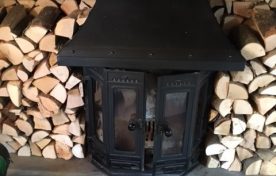
Looks pretty but could be deadly. Logs stacked around a stove might look nice but it’s an accident waiting to happen. As professional sweeps we see this sort of thing too often. Never stack... View Article
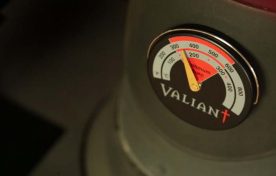
DOS AND DONT’S Do Don’t Bring the stove to operating temperature quickly and try to keep it there Don’t close off the air to “slumber” the fuel for long periods or overnight Use dry wood... View Article
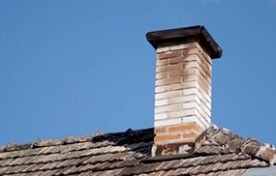
All larger towns and cities have Smoke Control Areas, often called “Smokeless zones”. If you use a woodburner or open fire in a Smoke Control Area it is important to know the rules or you may unknowingly... View Article
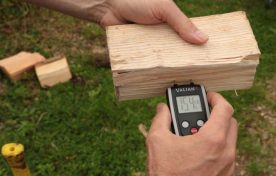
USEFUL TOOLS Flue pipe thermometer Moisture meter Stove fan These tools will help you get the very best from your stove and your fuel. They can save you money, help keep the chimney cleaner and... View Article

There is a health problem in the UK which affects us all. Air pollution can come from a number of sources such as vehicle engines, construction, agriculture and roads (dust from passing traffic) etc. Less... View Article
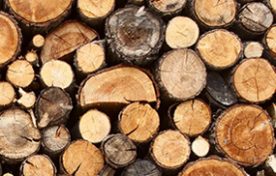
CAN I BURN PINE / CONIFER / WILLOW / POPLAR / SOFTWOOD ON MY WOODBURNER? Yes, of course you can, as long as it’s dry and you meet any local regulations (smokeless zones etc). You... View Article
Proper log storage is important for wood fuel. A well ventilated log store is best. Fresh cut logs will dry much faster if stacked in a good store and dry ones will stay... View Article
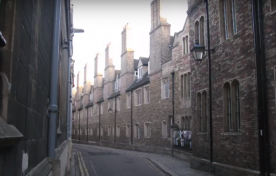
Radio 4 presenter Steve Carver’s documentary on the run up to Christmas following a Cambridge Chimney Sweep! BBC Radio 4 Extra – Steve the Sweep




